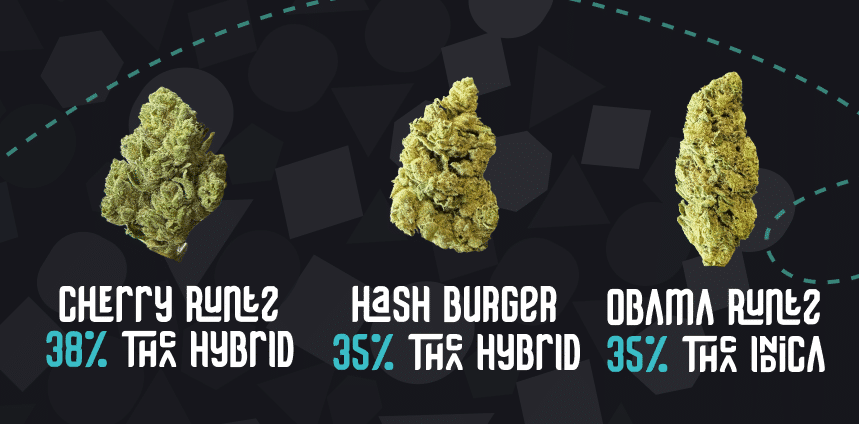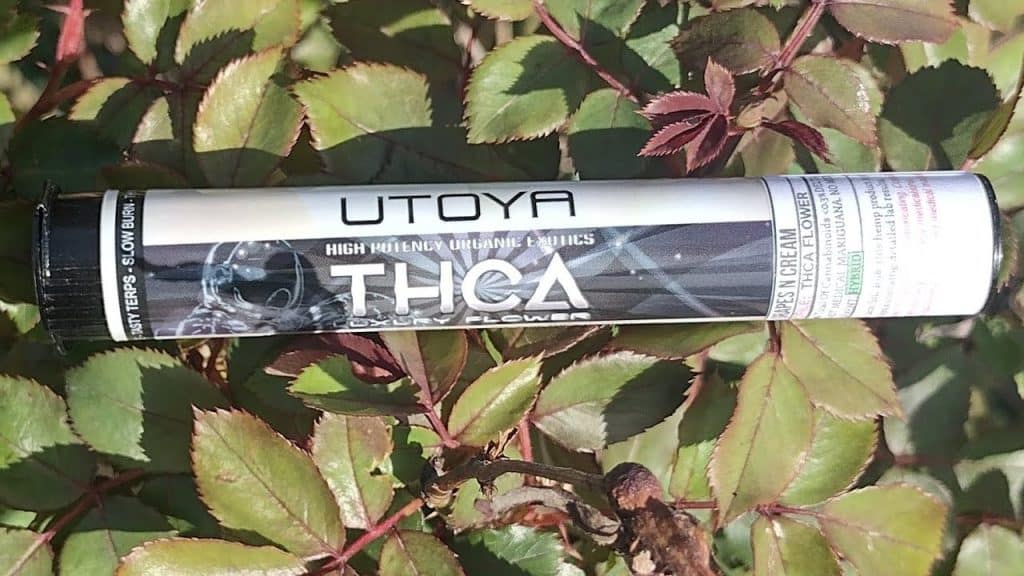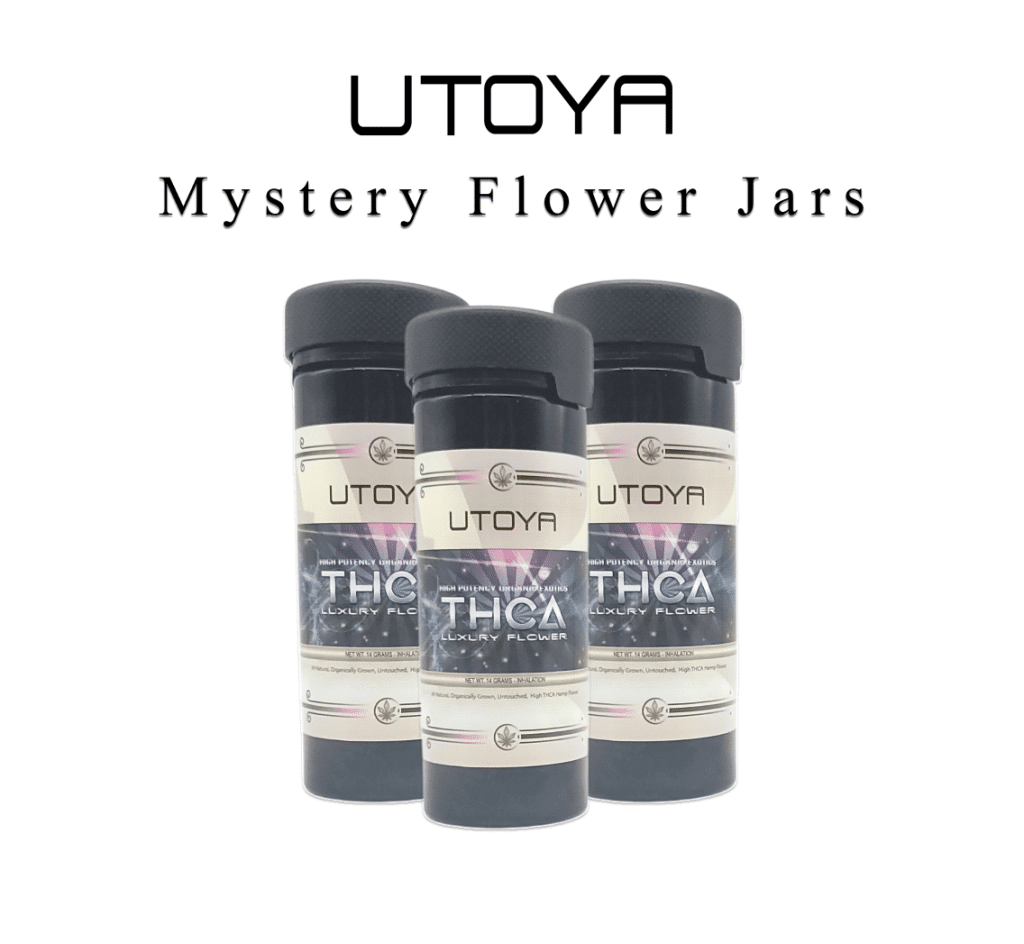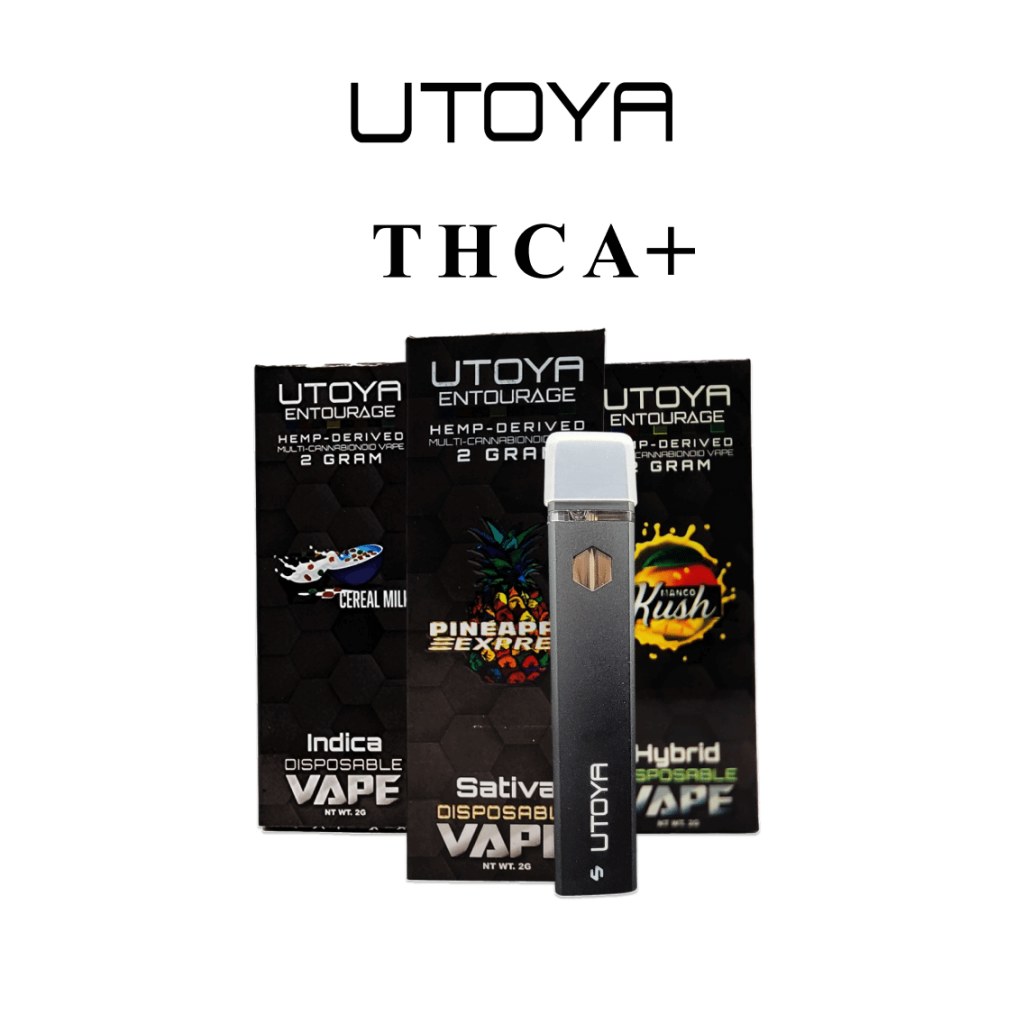How Is THCA Flower Made?
THCa has been getting more popular, with companies like Hyperwolf expanding into hemp plants. Wondering how THCa is made? THCa and THC are cannabinoids in cannabis. THCa is the precursor to THC and is gaining popularity among cannabis users who want THC’s benefits without legal restrictions.
This guide explores THCa flowers – the differences between THC and THCa, extraction methods, and why they’re gaining popularity. We’ll also explore the health benefits of THCa flowers and how you can use them in your daily life. If you’re wondering how is THCa flower made, it starts with cultivating high-THCa hemp strains, followed by careful harvesting and curing to preserve its raw cannabinoid content.
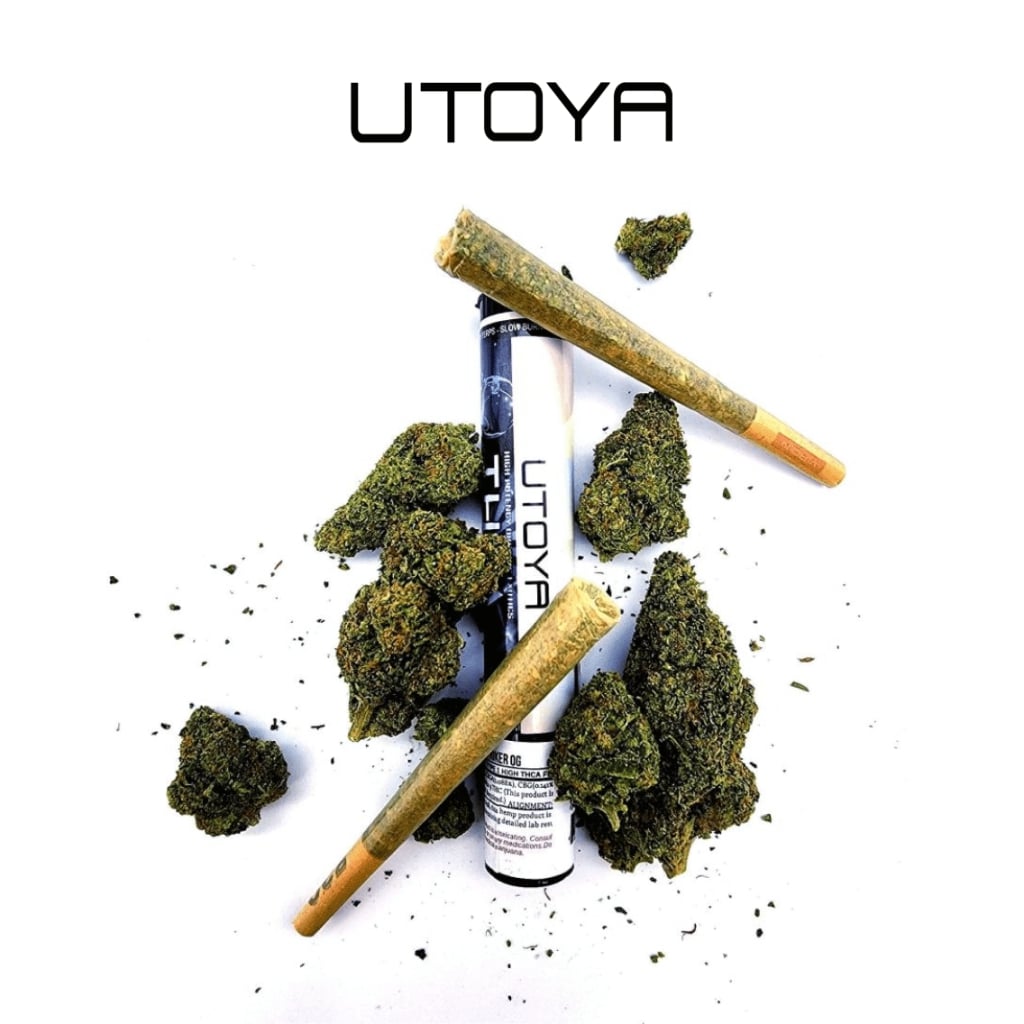
How Is THCa Flower Made?
THCa flowers are grown and harvested to boost THCa while minimizing THC conversion. First, genetics with high THCa levels are chosen. The plant is harvested at peak cannabinoid concentration and slowly cured and dried to prevent THCa degradation.
Hand-trimmed buds preserve the delicate trichomes containing cannabinoids, terpenes, and other compounds. Proper storage is crucial to preserve THCa content, whether for sale or use. This meticulous process ensures high-quality, potent THCa flowers that deliver intended effects.
Cannabis Plant Growth Stages
Understanding the growth stages of cannabis is key to explaining how THCa flowers grow. Knowing how THCa develops is crucial for understanding the life cycle and growth of cannabis plants.
Here is a brief overview of each stage.
Stage 1. Seed Germination
The cannabis plant starts its life cycle here. Seeds need the right temperature and humidity to sprout, usually taking about a week. After germination, a small shoot reaches for light while a root burrows into the growing medium.
Stage 2: Vegetative Growth
After germination, cannabis enters the vegetative phase. Here, it develops its iconic leaf structure and shape. Plenty of light, nutrients, and water are needed during this time for growth and size increase. This stage is crucial for laying a solid foundation for future THCa flowers.
Stage 3: Flowering Phase
Cannabis plants move into the flowering phase triggered by changes in light cycles. This is when THCa production ramps up. Energy is focused on bud production, and the balance of cannabinoids determines the best harvest time.
Stage 4: Harvesting
Harvesting is the final step when cannabis buds are collected. These buds contain valuable cannabinoids like THCa. An earlier harvest can preserve higher levels of THCa before it turns into THC. After harvesting, buds are dried and cured, ready for consumption or further processing.
Cultivation Techniques for High THCA Production
To boost THCa flower output, growers have honed their cultivation methods to achieve high THCa levels. Choosing the right strain and cultivating it under ideal conditions is crucial for producing high THCa. In the next section, we’ll explore some components that can help maximize THCa.
Selection of High THCa Strains
Genetics plays a crucial role in producing high THCa levels. To achieve this, it’s important to use strains specifically bred for it. Breeders have developed varieties that naturally yield higher THCa levels, giving cultivators a head start with plants predisposed to the desired cannabinoid profiles.
Conditions Affecting Cannabinoid Levels
Various growing conditions, like temperature, light, and soil pH, can impact cannabinoid production. To grow THCa flowers effectively, ensuring the right amount and type of light exposure is crucial. Controlling temperature is also key; too much heat can degrade cannabinoids, while cooler temperatures can slow plant growth. Balanced soil pH is essential for nutrient absorption and cannabinoid development.
Organic vs. Non-Organic Cultivation Methods
The cannabis community often debates organic versus non-organic cultivation. Organic farming involves using natural soil amendments, avoiding synthetic pesticides, and employing organic fertilizers.
While it’s debated whether organic methods affect cannabinoid content, many growers believe they lead to a better-quality product with a natural taste and potentially fewer side effects.
Organic methods may better control nutrient levels and yield higher crops. However, they may introduce unwanted chemicals to the plant or its environment.
Harvesting THCa and its Impact on Levels
Cultivators aiming to maximize their THCa yield must know when to harvest cannabis. Understanding the plant’s life cycle and harvesting at peak THCa levels can help growers time their harvests effectively. How is THCa flower made? It starts with careful cultivation, where growers select high-THCa strains and monitor environmental conditions to optimize cannabinoid production before harvesting and properly curing the buds to preserve their potency.
When to Harvest THCa for Maximum Content
Cultivators aiming to maximize their THCa yield must know when to harvest cannabis. Understanding the plant’s life cycle and harvesting at peak THCa levels can help growers time their harvests effectively.
Techniques for Harvesting Cannabis
Harvesting buds requires careful handling to avoid trichome damage. Sharp, sterile shears or scissors are used to trim branches. Some growers trim plants to remove trichomes, while others harvest the entire plant.
Handling THCa After Harvest to Preserve it
After harvest, the drying and curing process begins immediately. This phase is crucial for reducing decarboxylation, which converts THCa into THC. To preserve delicate cannabinoids and terpenes, humidity and temperature must be monitored during drying. Curing involves sealing buds in airtight containers with Boveda humidification control packs, maintaining cannabinoid concentrations, preventing mold, and improving product quality.
Extraction & Refinement Processes
Extraction and refinement techniques are crucial for turning raw cannabis into a THCa-rich product. Each method has pros and cons that affect purity, potency, and safety. How is THCa flower made? This process typically involves carefully harvesting cannabis plants and using cold extraction methods to preserve high levels of THCa before curing and packaging. Let’s delve into these elements in more detail.
Different Extraction Methods
- Solvent Extraction: This method, often using butane and CO2, dissolves trichomes from plant material.
- Solventless Techniques: Methods like ice water extraction, manual separation, and rosin press avoid chemical solvents, which can be appealing for environmental and health reasons.
- Distillation: This method refines cannabinoid extractions by isolating and concentrating THCa, increasing potency through heat and vacuum filtering.
Transforming Raw Cannabis Into THCa Flower
- Flash Freezing: This method preserves trichomes, cannabinoids, and terpenes immediately after harvesting, giving a snapshot of THCa levels in the plant.
Cryogenic Freezing: Freezing at very low temperatures separates the plant’s trichomes to produce live resin, retaining high cannabinoid levels, including THCa.
Laboratory Testing and Quality Assurance
Third-party lab tests are crucial for ensuring the quality and safety of cannabis products. These independent laboratories play a vital role in verifying whether cannabis products, including those with high THCa levels, meet strict health and legal standards.
These tests ensure purity and potency by analyzing the cannabinoid profile and screening for contaminants like pesticides, heavy metals, and molds. They also ensure accurate labeling. It’s essential for both consumers and producers to understand the results of these lab tests to make informed decisions.
These labs provide a certificate of analysis with the final product, offering a transparent overview and building trust in cannabis products.
Save Big with Utoya Organics THCA Flower Mystery Jars!
Now that you know how is THCA flower made are you ready to elevate your cannabis experience while saving big? Dive into the thrill of the unknown with Utoya Organics’ THCA Flower Mystery Jars!
Each jar is a curated blend of our premium THCA strains, offering a unique and delightful experience every time you open it. Don’t miss out on this exclusive deal – choose from our Mystery Half Ounce Jar or Mystery Ounce Jar and discover the excitement of premium THCA flower at unbeatable prices.
Shop now and indulge in the ultimate cannabis adventure!

